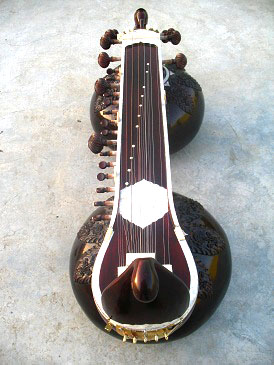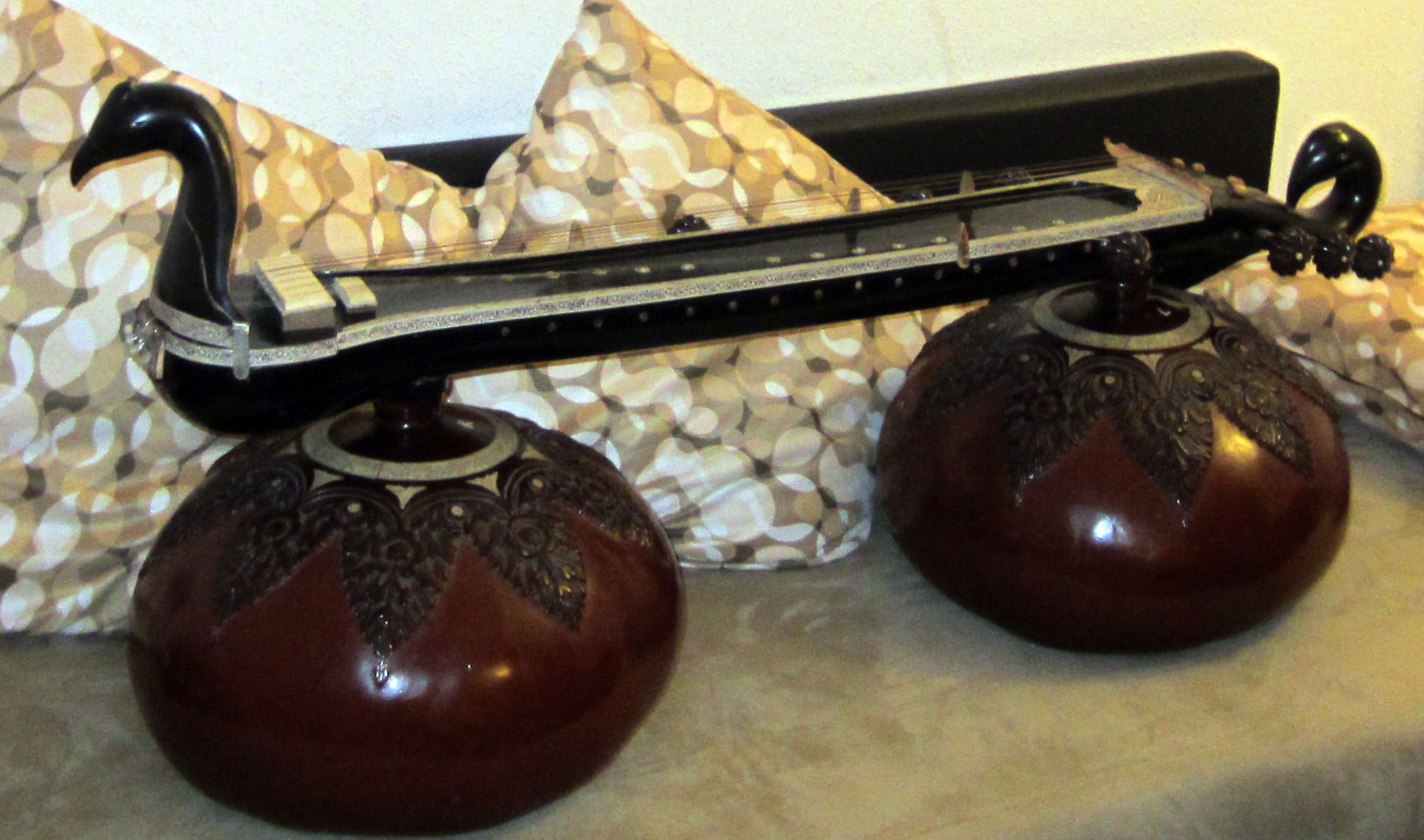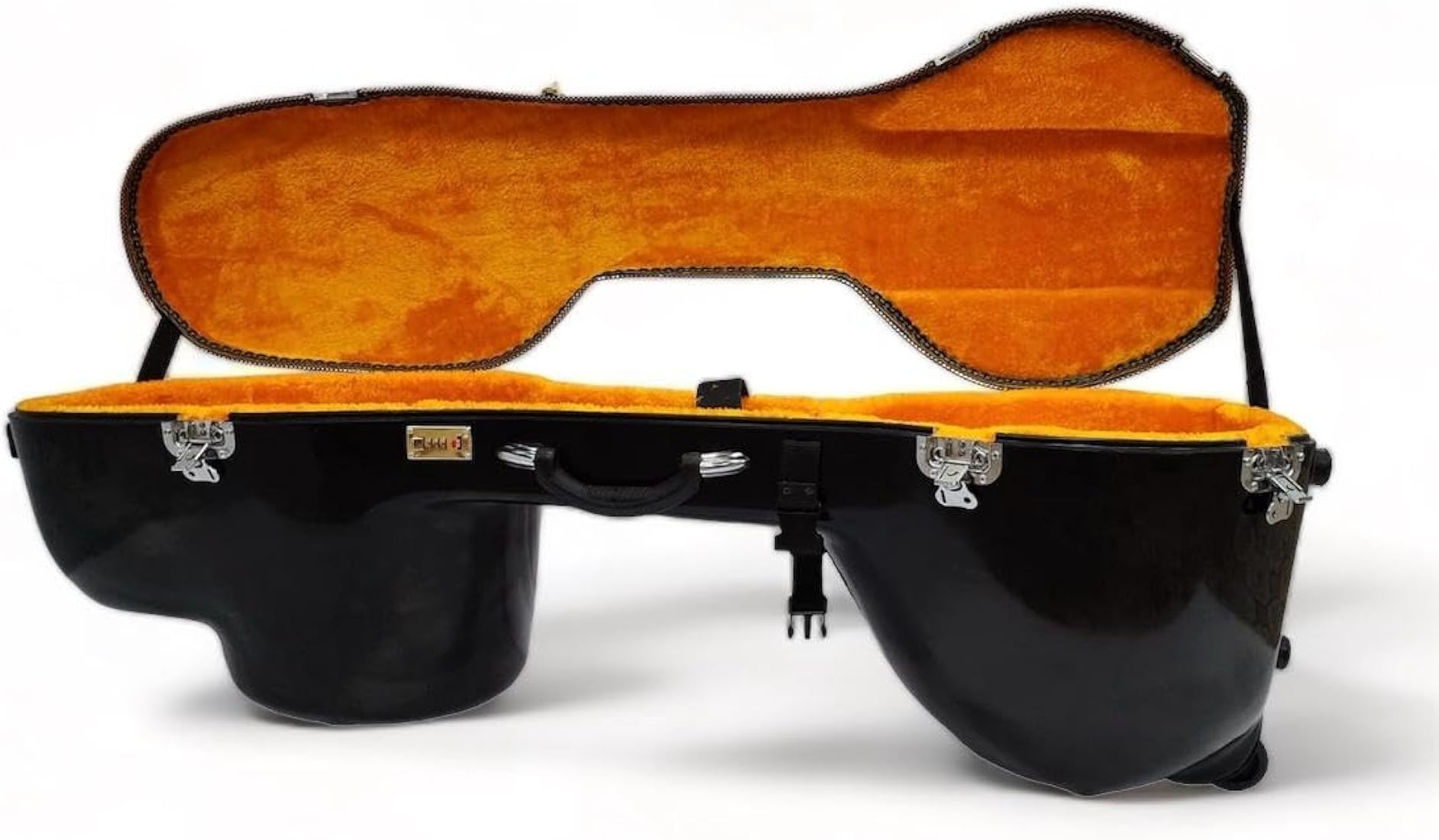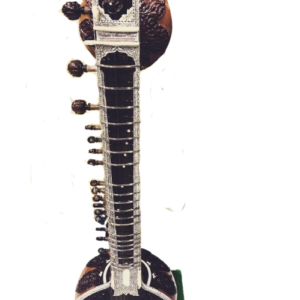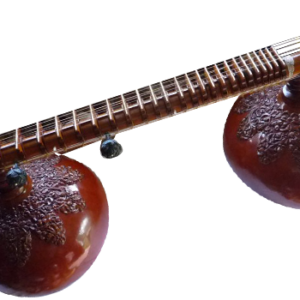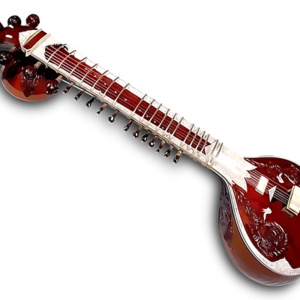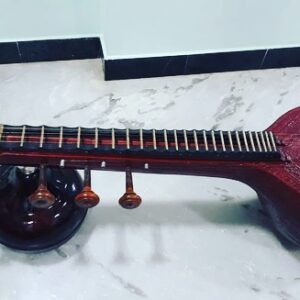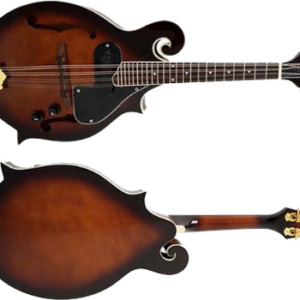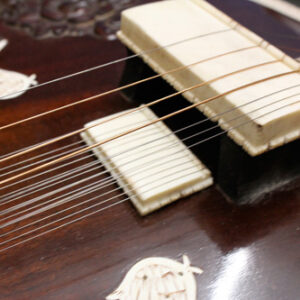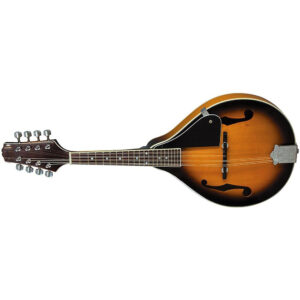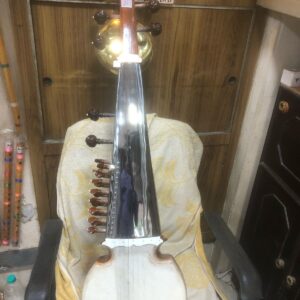Description
Vichitra Veena
Special Features:
Good sound quality, big in size.
Delivery Time: 35-45 Working Days after Successful Payment.
For More information SMS 2300V Name Email Country and Send to +919830066661
N.B: All prices are inclusive of Shipping (International Air Mode)/ Packing/ Tax/ Insurance. No hidden cost. Read our Terms & Conditions, Privacy Policy and Shipping Policy.
In The Box: Vichitra Veena, Mizrub, Cloth Cover, Fibre Case
History (Wikipedia):
From where we get Vichitra Veena- Small history below:
Our knowledge about the instrument is from Wikipedia. As per Wikipedia, we shared this small history to let our customers know about the instrument history. Musicians use the Vichitra Veena, a stick zither, as a plucked string instrument in Hindustani music. In addition, similar to the Carnatic gottuvadhyam (chitra vina), it has no frets, and players use a slide. Moreover, artisans create the Vichitra Veena as the modern form of the ancient Ekatantri Veena. Specifically, they make it of a broad, fretless, horizontal arm or crossbar (dand) around three feet long and six inches wide, with two large resonating gourds (tumba), which they inlay with ivory and attach underneath at either end. Furthermore, they fashion the narrow ends of the instrument into peacock heads.
Musicians play four main playing strings and five secondary strings (chikaris) openly with the little finger for a drone effect. Additionally, underneath them lie 13 sympathetic strings tuned to the notes of the appropriate raag. Furthermore, the veena boasts a five-octave range. Moreover, players wear two plectrums (mizrab) identical to those used for sitar on the middle and index fingers of the right hand to pluck the strings, and they also move a glass ball (batta) with the left across the main strings to create melody (there can be a distance of up to two inches between notes).
Consequently, the musicians often used the veena to accompany the Dhrupad style of singing, which did not allow for much intricacy or embellishment around the notes. Notably, Lalmani Misra rescued it from oblivion by developing a technique of playing and creating Misrabani compositions; furthermore, his son Gopal Shankar Misra made the repertoire universal, this provides a basic history of this instrument.


